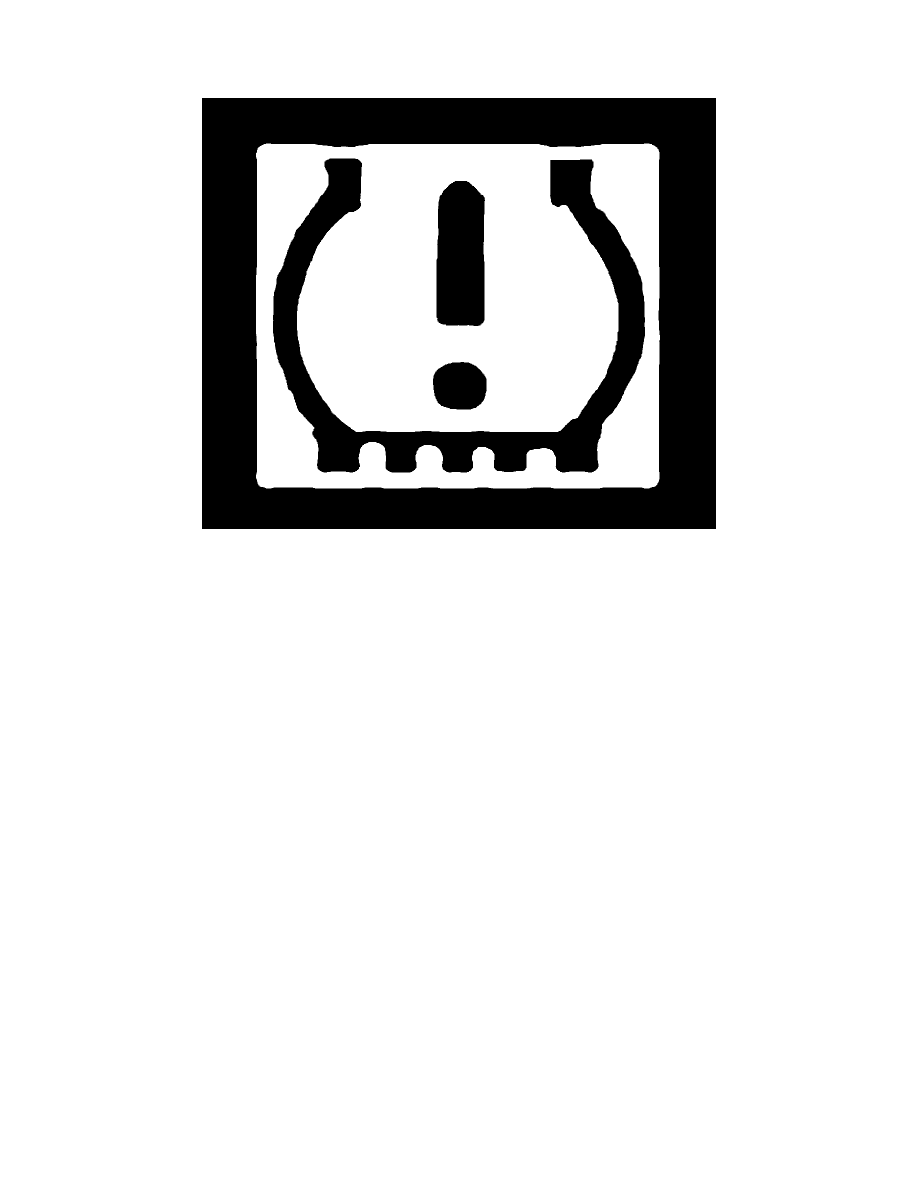Commander 4WD V8-4.7L VIN N (2006)

Low Tire Pressure Indicator: Description and Operation
System Overview
TIRE PRESSURE MONITOR SYSTEM - IF EQUIPPED
Base System
The Tire Pressure Monitor System (TPMS) uses wireless technology with wheel rim mounted electronic sensors to monitor tire pressure levels
(EXCLUDING THE SPARE TIRE). Sensors, mounted to each wheel as part of the valve stem, transmit tire pressure readings to the Receiver
Module.
NOTE: It is particularly important, for you to check the tire pressure in all of your tires regularly and to maintain the proper pressure.
The Tire Pressure Monitoring Telltale Light will illuminate in the instrument cluster, and an audible chime will be activated when one or more tire
pressures is low. The Tire Pressure Monitoring Telltale Light will flash on and off for 10-60 seconds when a system fault is detected. The flash
cycle will repeat every ten minutes or until the fault condition is removed and reset.
The Tire Pressure Monitoring System consists of the following components:
-
Receiver Module
-
4 Wheel Sensors
-
Tire Pressure Monitoring Telltale Light
The system will consist of tire pressure monitoring sensors attached to each wheel through the valve stem mounting hole, a central receiver module
and a Tire Pressure Monitoring Telltale Light. A sensor is located in the spare wheel if the vehicle is equipped with a matching full size spare
wheel and tire assembly.
NOTE: For vehicles with optional wheel/tire sizes and significantly different tire placard pressures, the placard pressure value and the
low-pressure threshold value is re-programmable at your authorized dealer to accommodate the customer selected wheel/tire combinations
recommended by DaimlerChrysler Corporation.
CAUTION: The TPMS has been optimized for the original equipment tires and wheels. TPMS pressures have been established for the
tire size equipped on your vehicle. Undesirable system operation or sensor damage may result when using replacement equipment that is
not of the same size, type, and/or style. After-market wheels can cause sensor damage. Do not use tire sealant from a can, or balance
beads if your vehicle is equipped with a TPMS, as damage to the sensors may result.
CAUTION: After inspecting or adjusting the tire pressure always reinstall the valve stem cap. This will prevent moisture and dirt from
entering the valve stem, which could damage the wheel rim sensor.
